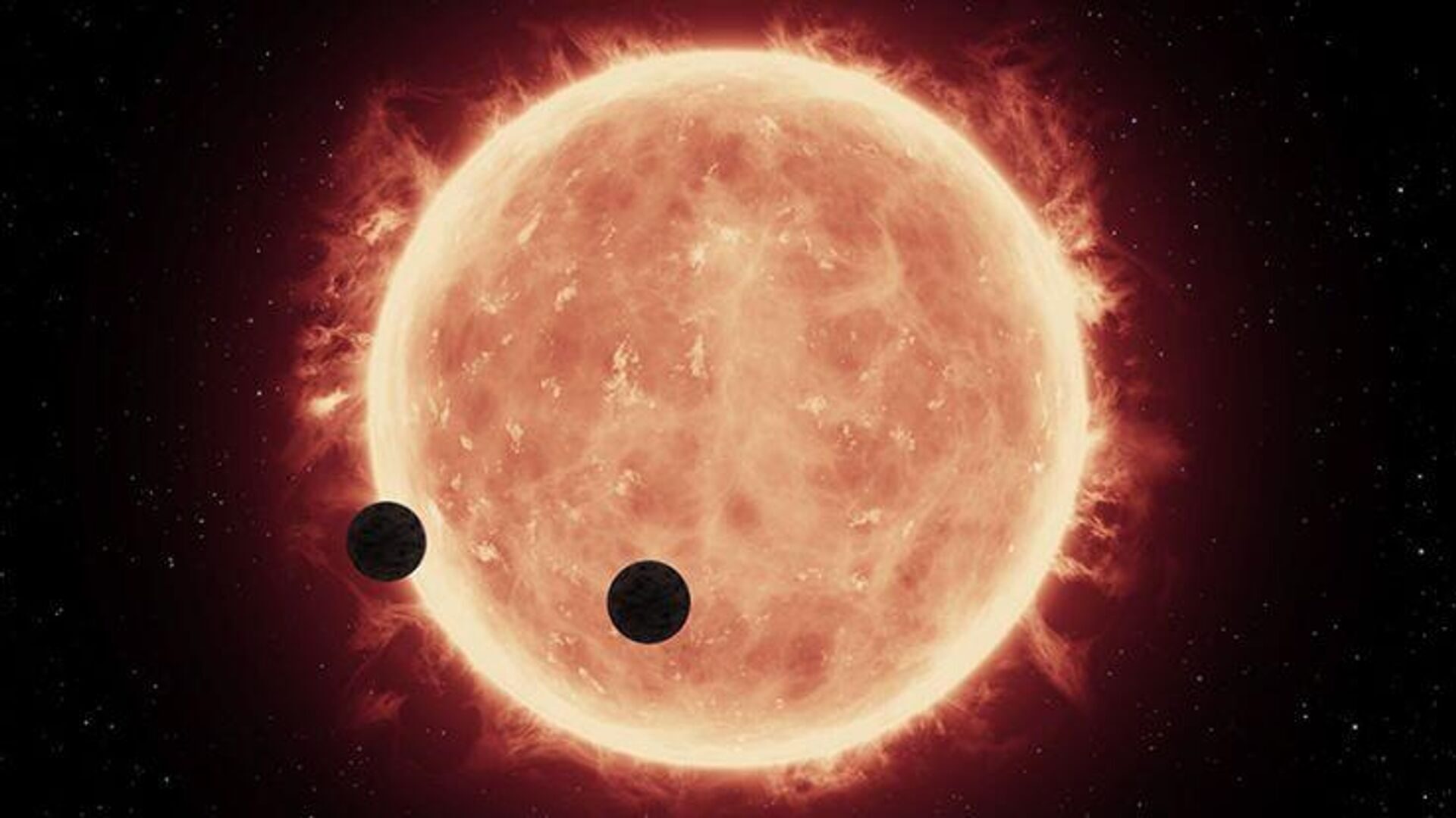
© NASA . ESA, and G. Bacon/STScI
Astronomers say that similar to the demise of ZTF SLRN-2020, the Earth too will face the same fatal fate - however, the end won't be claiming civilization for another roughly 5 billion years.
Newly published findings revealed the moment in which astronomers witnessed the stunning celestial act of a dying star being completely engulfed by a nearby planet thousands of light-years away.
Officials spotted the cosmic act in May of 2020 during observations in the constellation Aquila, which sits about 12,000 light-years away. Researchers had been investigating stellar mergers when they came upon the find.
"Planets with short orbital periods (roughly under 10 days) are common around stars like the sun. Stars expand as they evolve and thus we expect their close planetary companions to be engulfed, possibly powering luminous mass ejections from the host star," write the study authors, who are from MIT, Harvard University, and Caltech.
"However, this phase has never been directly observed. Here we report observations of ZTF SLRN-2020, a short-lived optical outburst in the Galactic disk accompanied by bright and long-lived infrared emission."
As the star was dying, it became 100 times brighter than it was during an earlier span of just 10 days before eventually slowly fading. The planet that was engulfed by the dying star is believed to have been a hot, Jupiter-sized planet which either spiraled too close to the dying star, or was pulled in by its atmosphere.
"We were seeing the end-stage of the swallowing," says lead author Kishalay De, of a separate study by
MIT. De explains that his attention was first brought to the phenomenon by the star's fast-growing light.
His discovery was an accident as he was initially watching for signs of eruptions of binary star systems."What we were missing was catching the star in the act, where you have a planet undergoing this fate in real-time. That's what makes this discovery really exciting."
"We are seeing the future of the Earth," De adds. "If some other civilization was observing us from 10,000 light-years away while the sun was engulfing the Earth, they would see the sun suddenly brighten as it ejects some material, then form dust around it, before settling back to what it was."
Astrophysicist Enrico Ramirez-Ruiz, who was not involved in the study, congratulated the study as "groundbreaking" but argued it may not be relevant to understanding Earth's potential fate.
"It continues to be an open question as to whether the Earth could be engulfed or not based on its current orbital position," said
Ramirez-Ruiz, a professor at the University of California Santa Cruz.
But Ramirez-Ruiz says he believes the technique could help scientists understand the demographics of planetary engulfment and the "ultimate fate of planets around other solar systems."
The study was published Wednesday in the journal
Nature.

Reader Comments
I honestly thought the next major tax would be as a human race tax to fight the aliens.